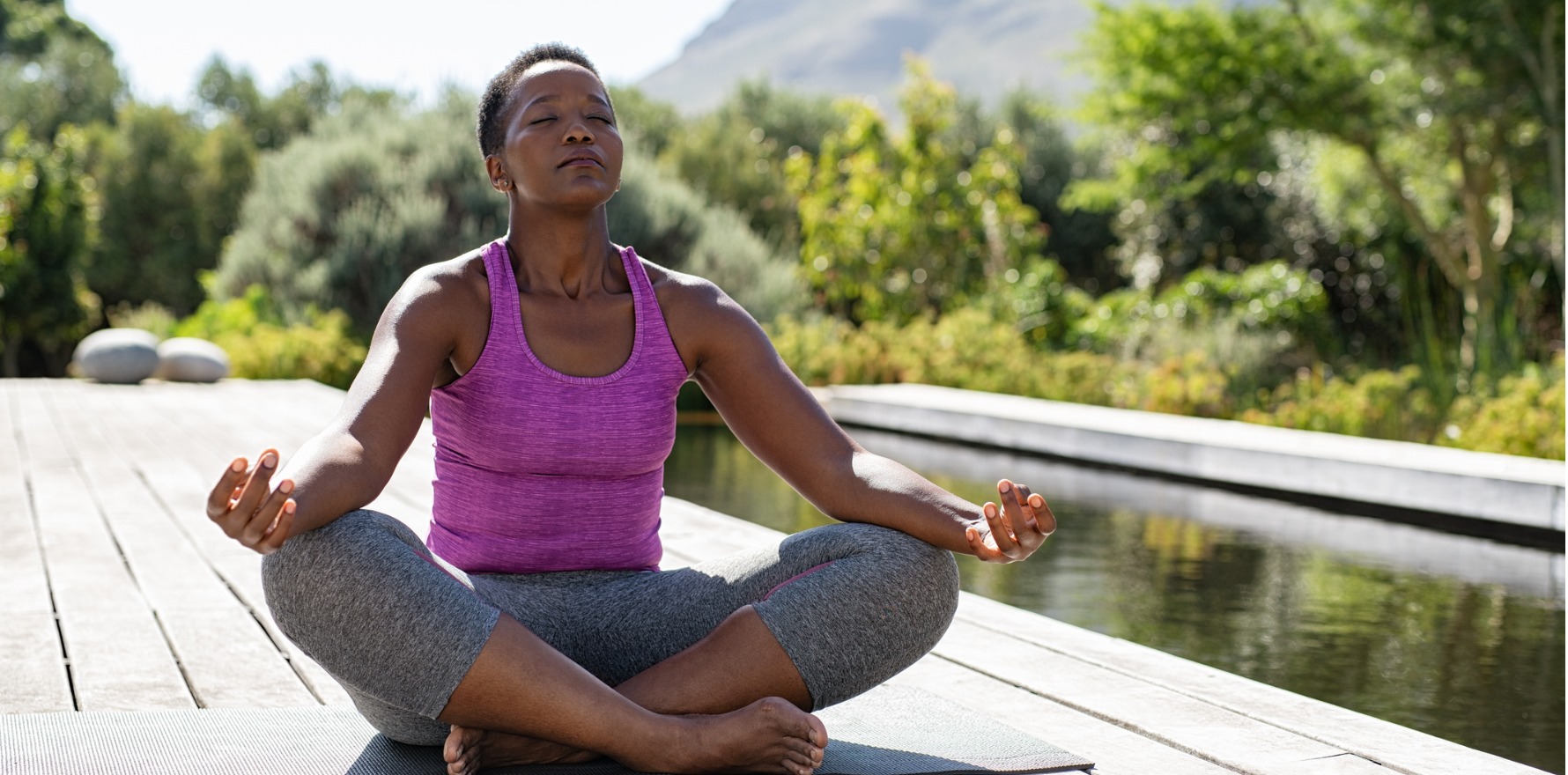Allowing choice in exercise may assist with long-term adherence, according to one expert.
New Australian research suggests that yoga is as effective as strength training for reducing self-reported knee pain in people with knee osteoarthritis.
“This study provides further evidence that yoga is effective and appears to be comparatively effective to strengthening exercise providing reassurance to clinicians that this can be recommended,” said Professor David Hunter, a rheumatologist clinician-researcher from the University of Sydney.
“It is definitely important for people with osteoarthritis to stay active and strong to facilitate benefits both in terms of pain and function.”
Exercise, regardless of the variety, improves pain and function in knee osteoarthritis. Despite this knowledge, there is significant interest in comparing different types of exercise to see if one is more effective than the other.
This is the question asked by a recent Tasmanian trial, published in JAMA Network Open, that sought to examine the comparative effectiveness of yoga and strengthening exercise.
Over 100 individuals with knee OA, who were mostly female (73%), older (mean age 63 years) and had moderate knee pain (mean baseline knee pain score of 54 on a 101-point scale) were randomised to 24 weeks of either yoga or strength training.
After 12 weeks of the program, participants in both groups reported a reduction in knee pain, the primary outcome. However, there was no difference between groups – on average the yoga group reported an 18-point reduction, while the strength training group reported a 17-pont reduction. There was also no difference between groups in terms of self-reported knee pain after 24 weeks.
“Yoga and strengthening exercises are two distinct interventions with potentially different mechanisms for relieving pain and improving physical function in knee OA,” the researchers noted.
“Strengthening exercises are primarily designed to improve muscle strength around the knee joint, enhancing joint stability and reducing pain caused by mechanical stress. In contrast, yoga incorporates physical postures, mindfulness and breathing techniques, which may reduce pain through a combination of improved flexibility, stress reduction and mind-body awareness.”
Between-group differences in the range of secondary outcomes collected were primarily limited to the components of the Western Ontario and McMaster Universities Osteoarthritis Index. Compared to the strengthening group, the yoga group displayed greater reductions in the WOMAC pain index (average difference in change between groups -45mm), function index (-139mm) and stiffness index (18mm) at the end of the 24-week program.
The researchers suggested these differences could be attributed to the fact that there was greater adherence to the program among the yoga group compared to the strengthening group (63% versus 60%).
“One very important benefit is that we know that adherence to exercise long-term is challenging for many people and giving people a preference as to what type of exercise they choose is likely advantageous in allowing them some choice or preference that may facilitate longer term adherence,” Professor Hunter explained.
Related
There were no differences between groups on other secondary outcomes, including health-related quality of life, leg muscle strength and the time taken to climb a set of stairs.
Half of the participants reported at experiencing at least one adverse event due to the program, most commonly musculoskeletal and joint pain or other non-musculoskeletal effects.
Researchers concluded that yoga may be a suitable alternative for patients who find conventional strength training challenging.
“The holistic approach of yoga, emphasizing flexibility, balance and mental well-being, may offer promise for individuals with knee OA.
“While some yoga poses may initially cause discomfort for some participants, it complements strengthening exercises as a viable option to improve physical and mental health.”





